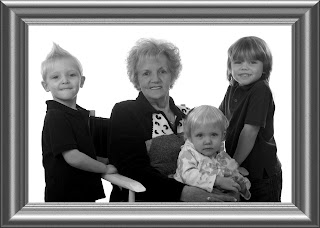I get asked all the for tips on taking portraits. So I thought I would dedicate this blog for the purpose of sharing a few of the more important ones.
First, more important than being sure to get the exposure right is to make your subject comfortable. I have often said that many of my photography colleagues have forgotten things I never learned. But what makes me good at what I do is that I can connect with my client and get them relaxed. I believe that it is impossible to take bad photograph of a relaxed subject. So how do we get there? First of all you as the photographer need to be relaxed. Although I still get butterflies before a wedding or big event the one thing I am confident of is that I will be able to get a good exposure and deliver something the client will like. In order to get your client to relax be sure the prep them before the shoot. Detail for them what you will be doing. Advise them on what will work well in terms of clothes, makeup etc. Remember you are the expert and your client will look to you for advice on how to be at the best for the shoot.
Have a sequence of shots in mind. Each portrait session should have a Head Shot, a Portrait Pose (from the midriff up) and a hand pose. Once you have gotten a few good shots of this type your subject should be relaxed enough to move onto more creative shots.
Introduce a prop. It should be in scale. I have often seen babies being photographed at the mall with a bunny for Easter that looks 7 feet tall and you literally have to search the photo for where the child is. I have a few basic items I use. One is a 40" column. I use it for hand posing and if I need more height I just place it on a box. Something as simple as a hat works well also. However you should remember to do this shot last so the subjects hair does not become an issue during the shoot. In your prep for the shoot when talking to the client ask them to bring something along that defines them.
Change your angle of view. Move around the subject and get different angles especially with subject who's hair lays heavily to one side. Have them look at the camera then away for different looks.
Focus on different aspects of them and crop tight with a wide open aperture to create a depth.
If you are comfortable play around with the lighting once you have gotten several good exposures. Turn off your fill light, just shoot with the hair light, place colored gels on your back light. Take a shot using the Rembrandt lighting technique or Butterfly lighting.
Break the rules of composition. Move your subject around in the view finder. Place them to one side of the crop. Get creative. Just be sure that the eyes are always in sharp focus as you move around creating different looks.
Keep shooting even as your client is prepping for the next shot. Some of the best shots I have gotten where unplanned but I would never tell the client that especially if it turns out to be a great shot!
Here is an example of using some of the tips mentioned in this blog.
From Matt Fox's CD Cover Shoot
Check us out on
Facebook and like our page for a chance to win Fine Art Print.


















